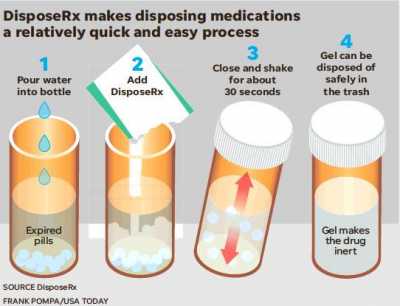Author Interviews, Brigham & Women's - Harvard, Opiods / 06.08.2019
Treatment and Recovery Services Appear Particularly Important For Sustained Recovery in Opioid Addiction
MedicalResearch.com Interview with:
Lauren A. Hoffman, Ph.D.
Research Fellow
Recovery Research Institute
Center for Addiction Medicine
Massachusetts General Hospital
Harvard Medical School
MedicalResearch.com: What is the background for this study?
Response: In 2017, an estimated 11.4 million Americans reported past-year opioid misuse1 and opioid-related overdose accounted for more than 47,000 deaths2. Prior research has helped further our understanding of the prevalence and consequences of opioid misuse, but we know substantially less about recovery from opioid use problems. Recovery-focused research conducted to-date has largely focused on alcohol use disorder, the most common type of substance use disorder. Characterizing recovery from opioid use problems and the pathways that individuals take to resolve such problems can ultimately help identify effective ways to address opioid misuse.
Using data from the first national probability-based sample of US adults who have resolved a significant substance use problem (National Recovery Survey3), we provide the first national prevalence estimate of opioid recovery, and characterize treatment/recovery service use and psychological well-being in individuals who resolved a primary problem with opioids, relative to individuals who resolved a primary alcohol problem. We focused our cross-sectional investigation of service use and well-being on 2 time-horizons associated with continued vulnerability: <1 year since problem resolution (early-recovery) and 1 – 5 years since problem resolution (mid-recovery).
(more…)






























